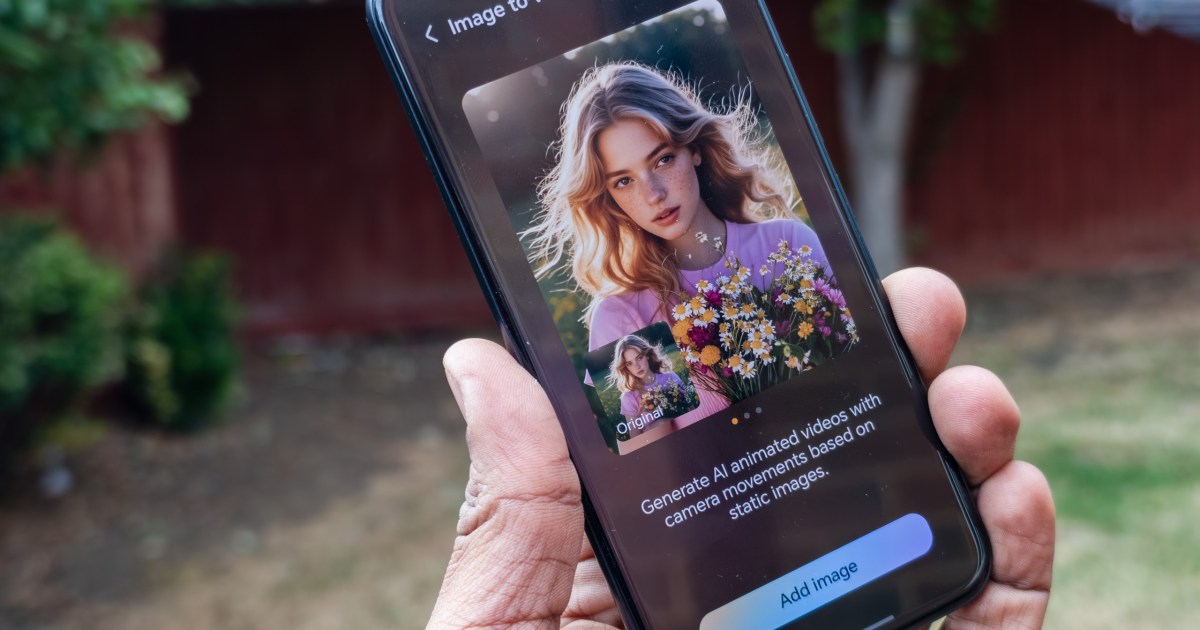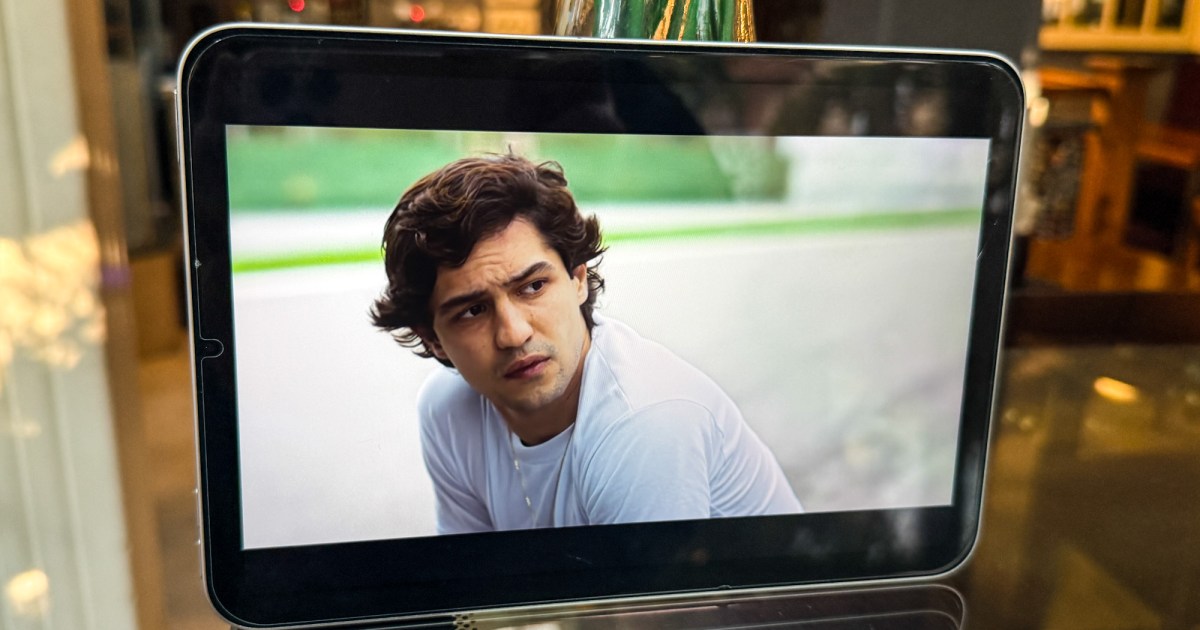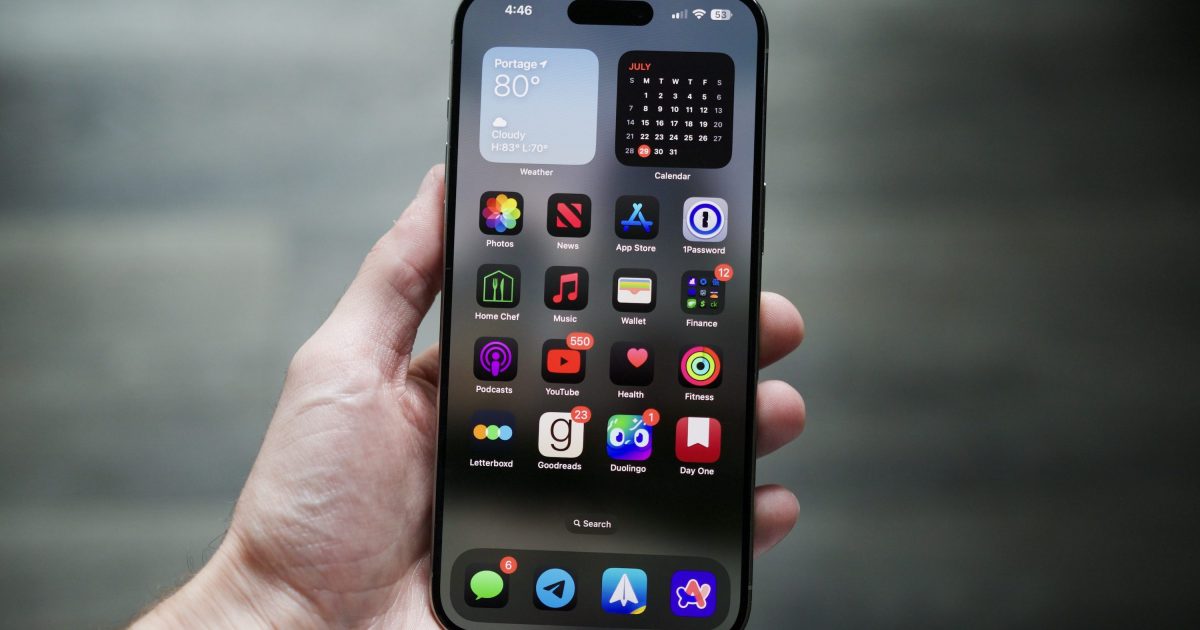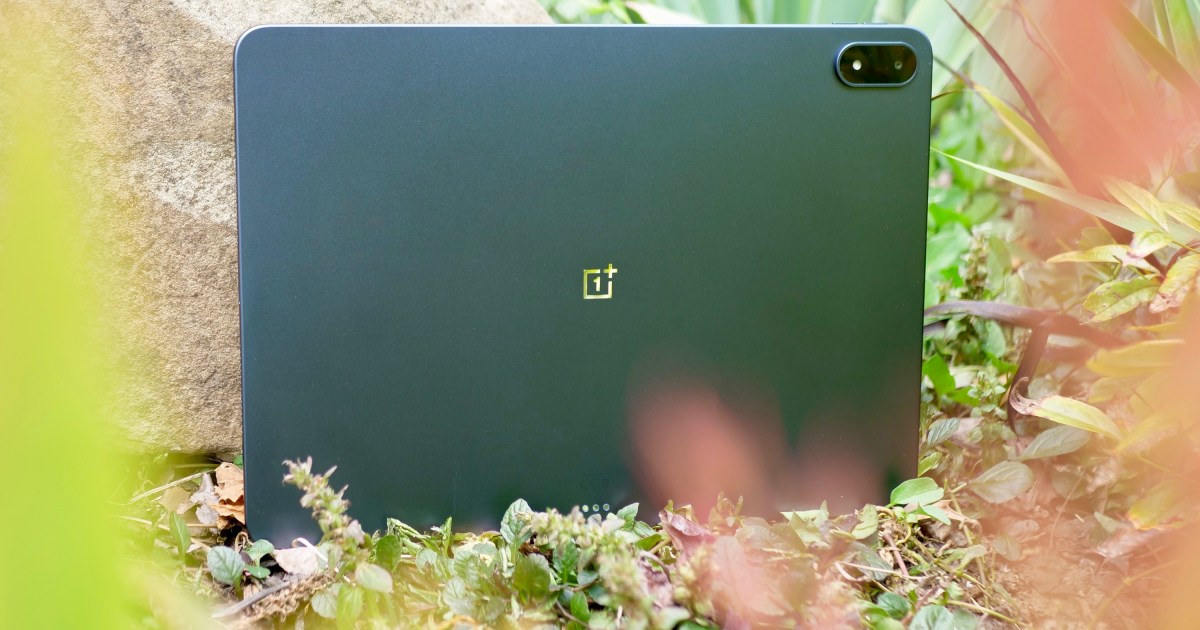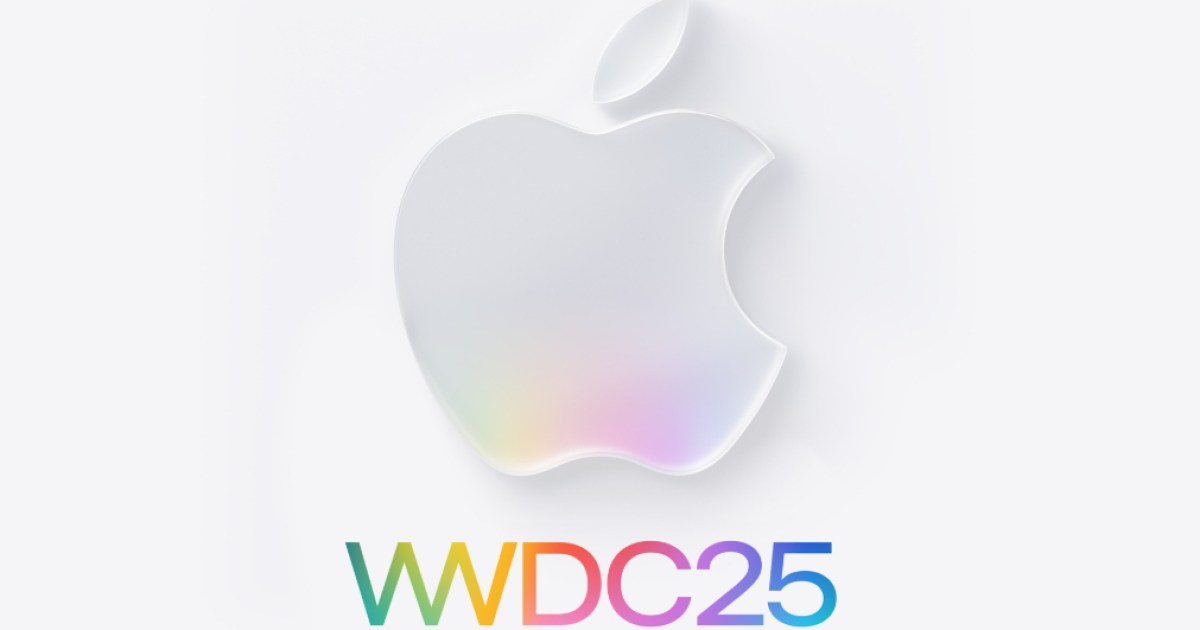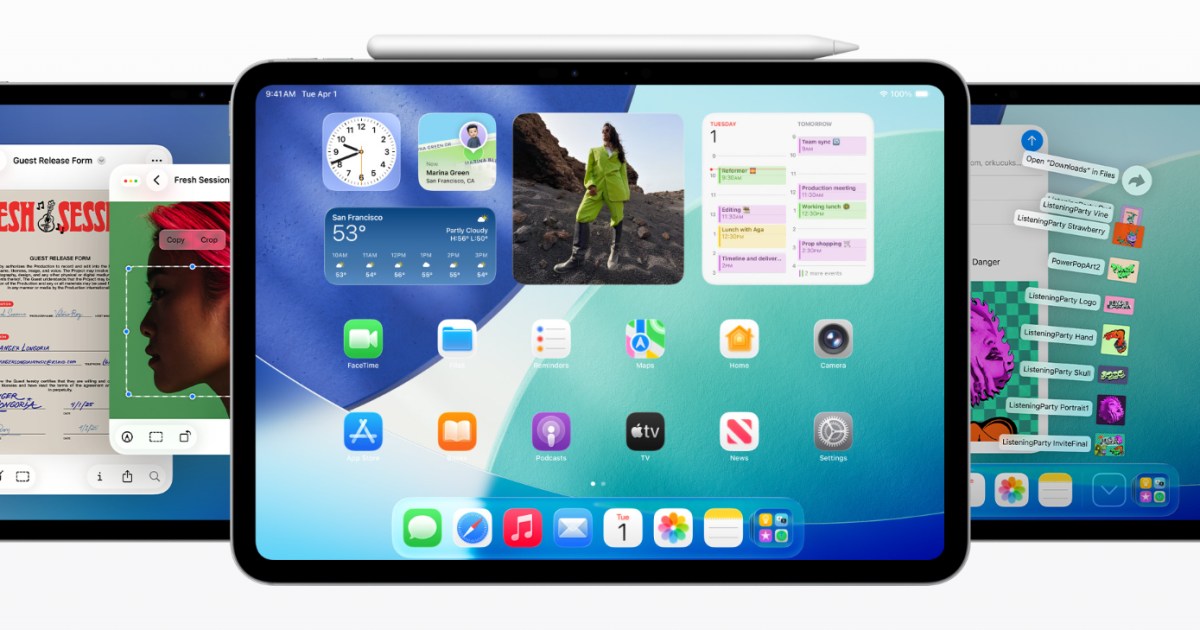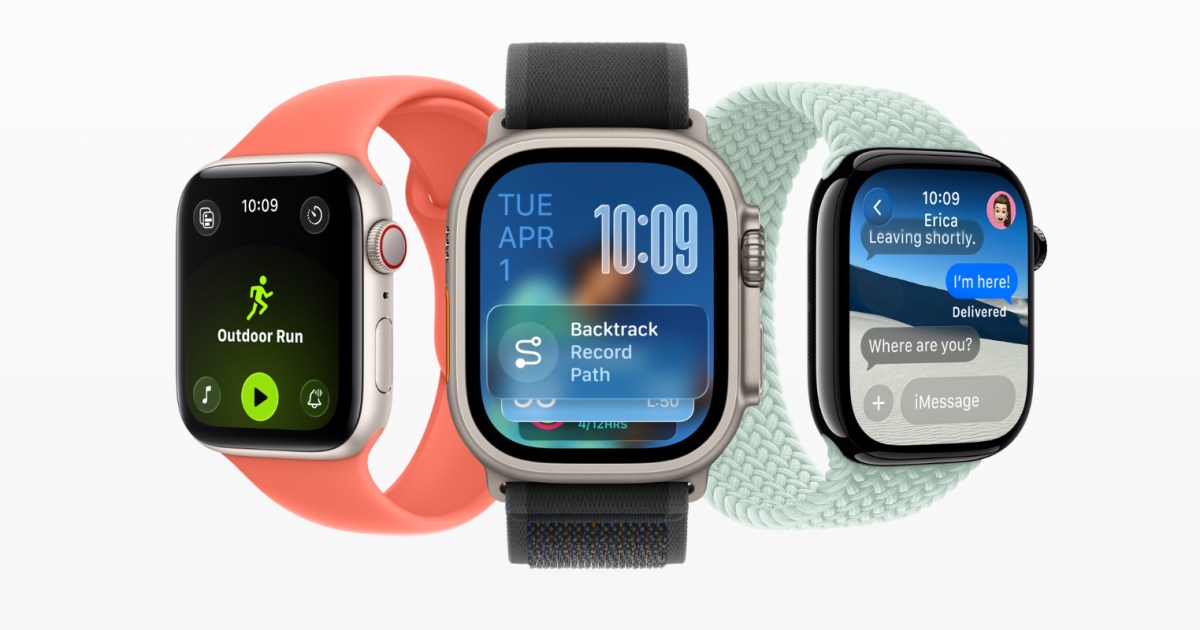The landscape of smartphones in 2025 is increasingly defined by artificial intelligence, moving beyond mere hardware specifications. How manufacturers integrate AI is crucial for their new devices’ appeal. Google is a pivotal player in this shift, with both its Gemini models and Google Cloud infrastructure paving the way for a new generation of on-device AI. We recently tested Honor’s new AI Image to Video feature, powered by Google’s Veo 2, on the Honor 400, and it’s a fascinating glimpse into a future that’s both incredible and slightly unsettling.
Several Android phone manufacturers are already harnessing Google Cloud’s capabilities, the same ones that underpin Google’s own Gemini features, to develop innovative AI-driven functionalities. For instance, Motorola incorporates a range of Moto AI features, some leveraging Google Cloud, while OnePlus’s AI Mind and Realme’s AI Planner also tap into Google Cloud models. One of the most compelling applications of Google’s advanced video generation model, Veo, is found in the Honor 400’s new Image to Video feature. This Google Cloud-powered tool utilizes Veo 2 models to transform a single static image into a dynamic 5-second video, and the results are quite extraordinary.
Understanding Honor’s AI Image to Video Technology
They say a picture is worth a thousand words, but a video can convey a million, especially in its power to evoke emotion and create a specific atmosphere. Honor’s AI Image to Video feature aims to do just that, allowing you to animate any static image into a brief video clip. While the user interface and overall process could be more polished, the output largely justifies the effort. Generating a video is straightforward: navigate to the “Create” tab within the Photos app, select “Generate,” choose your photo, and the AI begins its work.
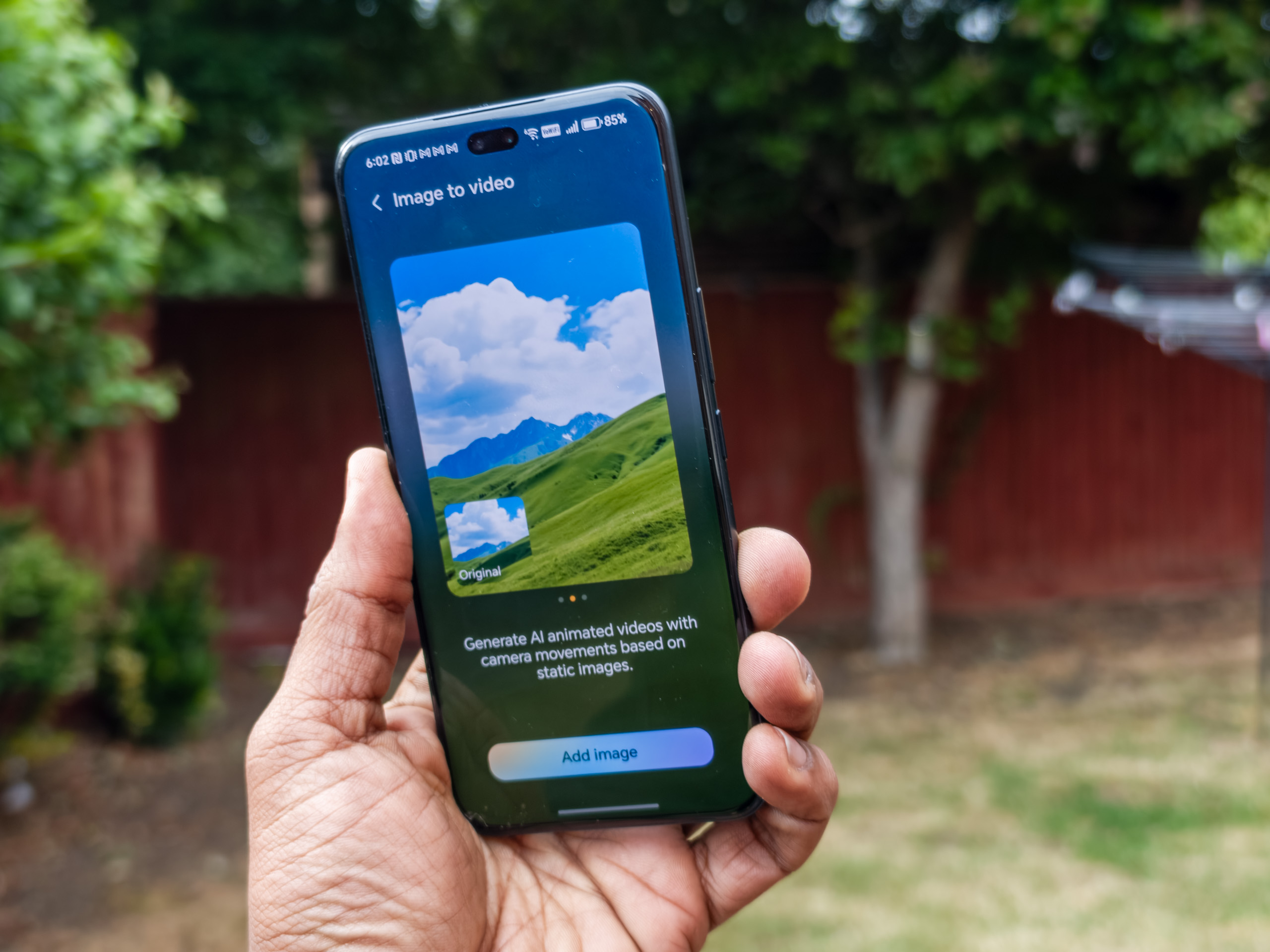 Honor 400 Pro showcasing its AI Image to Video feature powered by Google Veo 2, displaying a generated video preview on screen.
Honor 400 Pro showcasing its AI Image to Video feature powered by Google Veo 2, displaying a generated video preview on screen.
The Honor 400 is equipped with the Snapdragon 8 Gen 3, a capable flagship processor. However, being 18 months old, it lacks the more powerful Neural Processing Units (NPUs) found in newer chipsets. Consequently, this AI image to video conversion requires an active internet connection, takes approximately one to two minutes per generation, and can occasionally encounter errors. Coupled with a limit of ten image-to-video conversions per day, there are practical constraints. Yet, once you look past these limitations, the feature itself is undeniably outstanding, albeit with a touch of the uncanny.
Firsthand Experience: Impressive and Surprising Results
I experimented by generating ten different videos from a diverse set of images, including artwork in museums, people in various indoor and outdoor settings, and even inanimate objects. The performance of the Image to Video feature felt somewhat magical. Interestingly, the tool allows for flexibility in aspect ratios; you can create a horizontal video from a vertical image or vice versa, a surprisingly useful capability for content repurposing. [internal_links]
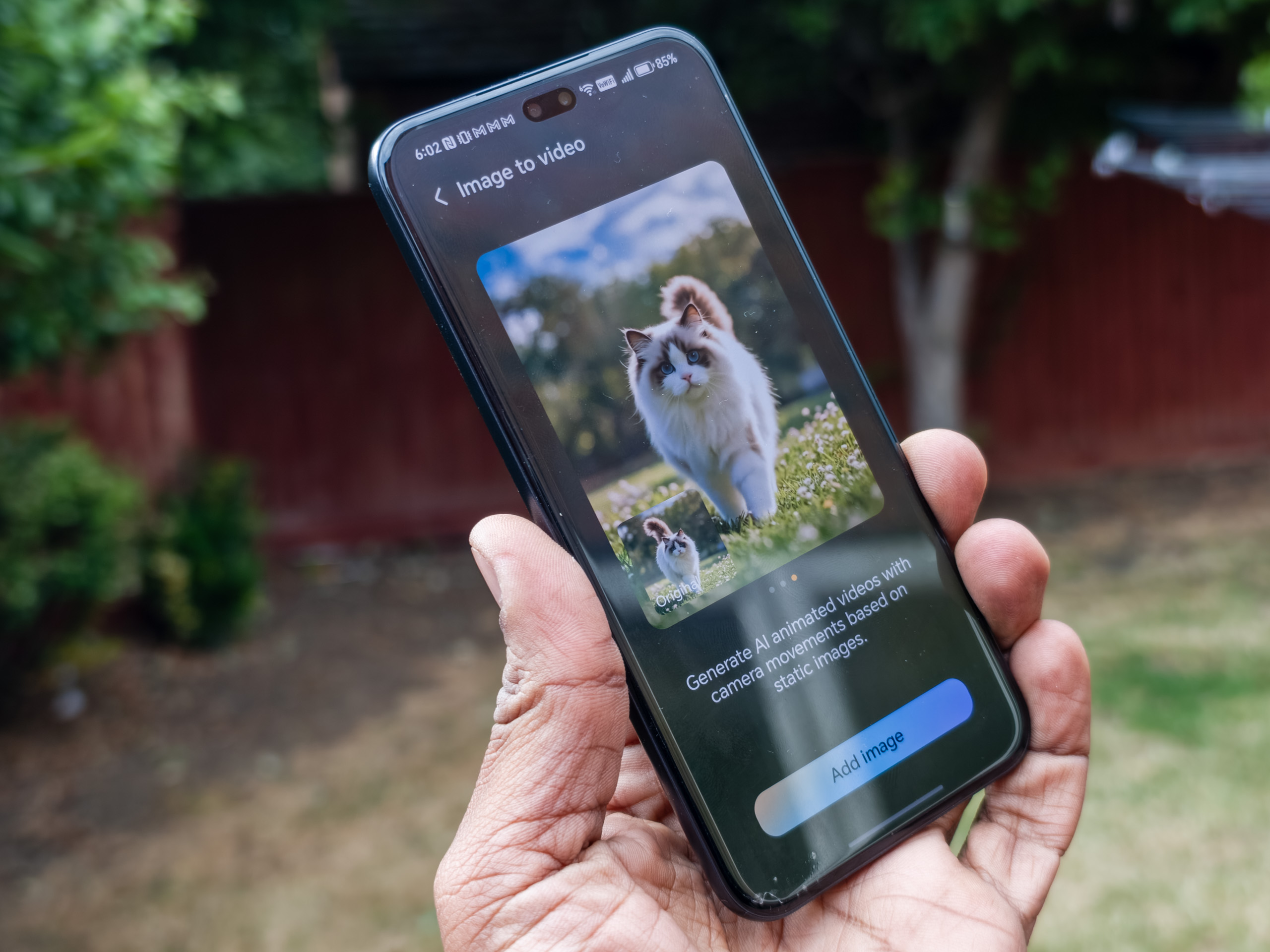 Close-up of the Honor 400 Pro screen demonstrating the AI Image to Video conversion process with Google Veo 2 technology.
Close-up of the Honor 400 Pro screen demonstrating the AI Image to Video conversion process with Google Veo 2 technology.
Here are some examples – in each video, the thumbnail represents the original image used:
https://www.youtube.com/watch?v=byrdd00ulZc[/embed]
This first example tests the AI with a static image of a car parked with traffic moving in the background. The generated video convincingly animates the scene, particularly the background vehicles, making you feel present. While the cars aren’t perfectly formed and some glitches are visible, the overall effect is remarkably lifelike and could easily be mistaken for an actual video recording.
https://www.youtube.com/watch?v=loWtBbXD2nY[/embed]
This second video is particularly noteworthy. The AI recognized the top part of a white van visible through the windows of a bus in the original photo and ensured its presence and movement in the final video. This attention to detail resulted in a video that closely mirrored the actual scene that unfolded moments after the photograph was taken.
https://www.youtube.com/watch?v=IeV_dr1Wtsg[/embed]
As demonstrated, this AI feature can animate a wide array of subjects. Whether it’s vehicles, street scenes, people, or even flowers, the Image to Video tool offers a fun and creative way to bring still photos to life, with each generation offering a new interpretation or concept.
The Future of Generative Storytelling on Your Phone
For every skilled content creator, there are countless individuals brimming with ideas but lacking the time, technical know-how, or specialized equipment to realize them. Features like Honor’s AI Image to Video represent a significant stride towards what could be termed true generative storytelling, empowering a wider audience to express their creativity.
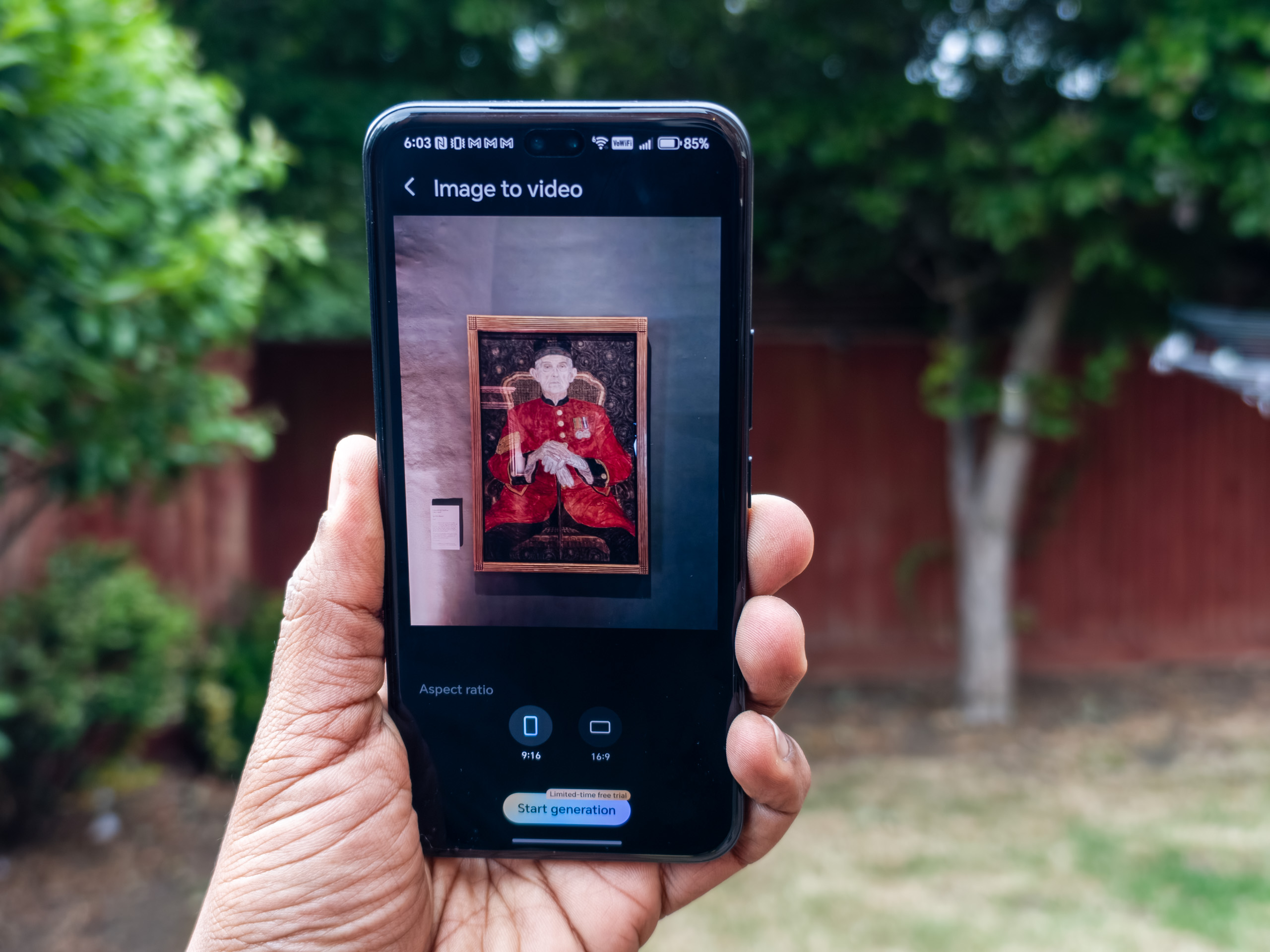 Artistic representation of generative storytelling using Honor's AI Image to Video, highlighting creative possibilities with Google Veo.
Artistic representation of generative storytelling using Honor's AI Image to Video, highlighting creative possibilities with Google Veo.
While the Image to Video feature has the potential to be unsettling, especially if used for malicious purposes, its capacity to delight and assist users is immense. Imagine enhancing a wedding video with a short, animated clip of a loved one who has passed away, or museums creating captivating 5-second video snippets of key exhibits to attract more visitors.
https://www.youtube.com/watch?v=ivRCCtODkxo[/embed]
Furthermore, this technology could be invaluable for budget-conscious filmmakers who possess a compelling image and need a more creative or artistic visual to fill a scene, especially for historical subjects where video footage might be grainy, of poor quality, or non-existent. Although the output is currently 720p and thus considered low resolution for some professional uses, it is certainly usable in many scenarios. Most AI generation tools require text prompts and a somewhat nebulous idea of the desired output. Honor’s Image to Video feature reverses this: provide a picture, and let the AI impress you. It’s a distinct, yet brilliant, approach to generative AI.
Honor’s AI Image to Video, leveraging the power of Google Veo, is more than just a novelty; it’s a compelling demonstration of the evolving capabilities of AI on smartphones. While there are current limitations, such as processing time and resolution, the sheer creativity and potential for storytelling are undeniable. This blend of incredible power and slightly “creepy” realism highlights the exciting, and rapidly advancing, direction of mobile AI. It’s the kind of innovative feature that many will soon hope to see on all the best phones, heralding a new era of AI-driven content creation.



